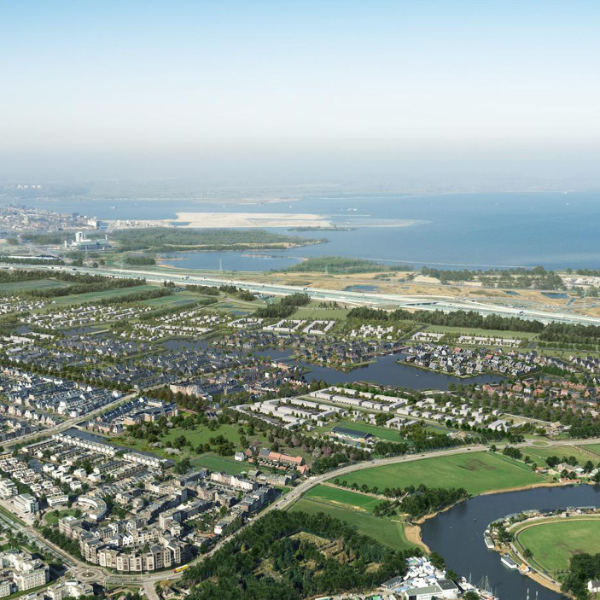ANT-driven design of Weespersluis bicycle bridges

ANT-driven design of Weespersluis bicycle bridges
As a civil engineering firm, the projects we are involved in are virtually always multidisciplinary. The structural design of a bridge, for example, often involves intensive collaboration among 3D designers, geotechnical consultants and structural engineers. A great deal of interaction takes place among the various disciplines, and it is therefore crucial that everyone works with the most recent information. When project teams are distributed across different offices or, as has recently been the case, people work from home, this can be a challenge. This is one of the reasons why we developed ANT, an online database used to store parameters and basic principles that are updated as necessary. All disciplines use the same database to create what is known as a ‘single source of truth’. Parametric models and tools communicate with ANT by automatically retrieving input from it and saving the results of calculations there.
Bicycle bridges as a link in the network
Weespersluis is a new residential area between Weesp and Muiden in the former Bloemendalerpolder. To provide future residents with access, a network of residential streets, bicycle lanes and pedestrian paths will be created in the public spaces. Weespersluis will become a water-rich region, which means that a significant number of bridges will be constructed here. Witteveen+Bos, with the aid of ANT, designed the bicycle bridges for this project. The bridges are spread throughout the district and consist of various spans and crossing angles.
Ultimately, due to similar external characteristics and design principles, they form a family of civil engineering structures. A workflow was created in ANT that makes it possible to fully automatically complete the required calculations on the basis of various parameters entered into the system, independent of the type of bridge. The user is requested to enter the relevant input during each step of the workflow. The geotechnical conditions are also linked to the workflow. The project manager can assign different input steps and actions to specific team members.
'Because the calculation can be made so quickly, it is possible to explore many possibilities in little time, with short design loops'
Parametric
Every component of the bicycle bridge is parametric. That means that the design choices to be made are automatically linked to certain outcomes. For example, the bridge deck can vary from a prefab girder deck, a fibre-reinforced composite deck, or an in situ poured deck. The report is automatically populated with the values entered and the results of the calculations. This report can be used directly for the final design or for a permit application. For a project such as Weespersluis, it is possible to create a single report specifically for the project, which is then populated and submitted for each individual bridge. A 3D model is generated on the basis of the input and the results of the calculations, which can then be reviewed using ANT’s 3D Viewer. This way, once the basic principles are fixed, a final design of a bicycle bridge – including the report and drawings – can be produced within a very short period of time. Because the calculations can be produced so quickly, it is possible to investigate many possibilities with short design iterations.
Contact
